Decorated former Detective Inspector John O’Gorman talks about what it is like to be involved in a police shooting
A former Queensland detective has described the split-second decision he had to make before shooting a man dead – and how he prayed he wouldn’t have to pull the trigger.

Behind the Scenes
Don't miss out on the headlines from Behind the Scenes. Followed categories will be added to My News.
The death stays with you forever. You stopped him. You’re glad for that. But you’ve taken a human life and now you’re a murder suspect.
Fatal police shootings in Queensland, though relatively rare, can open a lifelong wound for those involved. There is the loss of life, the mental toll, the public’s call for accountability and a draining legal process.
On Sunday police officers shot dead a knife wielding Mohammad Bahram, 24, in Brisbane’s CBD after the 25 year old stabbed another man. Bahram, whose family said he suffered several mental health issues, had reportedly lunged at the officers when they fired the fatal shots.
Decorated former Detective Inspector John ‘Bluey’ O’Gorman knows what it’s like to be in those officers shoes.
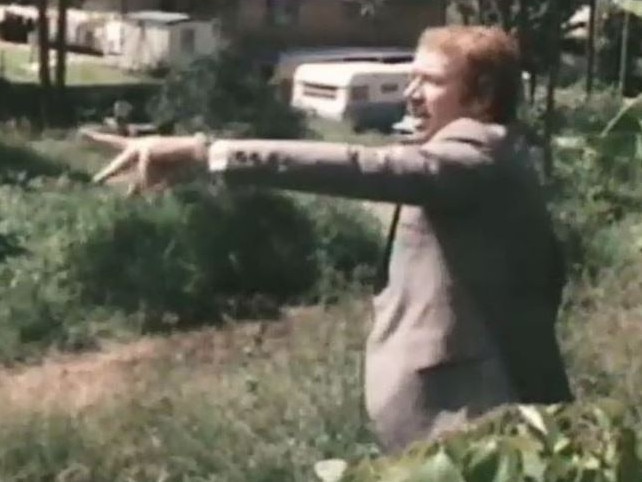
He shot dead David Lawrence Hunter on April 12 1978. The notorious bank robber had just held up a branch in Ashgrove. Detectives O’Gorman and George Sieb were in hot pursuit through Brisbane’s streets. From a speeding Chevy Impala Hunter fired a sawn-off rifle at police and even television news cameramen.
Up to 12 shots were aimed at Det O’Gorman and his partner before they cornered Hunter in a dead-end street at Taringa.
He ran from the Chevy and holed himself up in a garden shed.
“He opened the door to the shed … and I saw something and I knew then he was going to fire another shot,” Mr O’Gorman, who retired in 2006, told Insight.
“He fired a shot, George twisted away fired a shot and at exactly the same time I fired, we both got him in the head and it blew him back in the garden shed.”
It happened in the blink of an eye.

“You’re hoping, you’re praying in your own rough way that I hope I don’t have to squeeze this trigger, don’t make me squeeze this trigger. That’s all going on in a millisecond.”
The range of emotion that comes after is almost indescribable according to Mr O’Gorman.
“It’s like an industrial tumble dryer full of emotions, you’re just in absolute turmoil,” he said.
“You’re relieved that you’ve stopped him. You’re relieved that he couldn’t shoot at anybody else … but you think ‘oh shit I’ve just taken a human life’. And that kicks you in the guts.”
A lot has changed in policing methods since 1978 but the principle behind the use of lethal force remains the same – was death or grievous harm to yourself or somebody else imminent.
“To be justified in shooting somebody, someone’s life has to be in imminent danger. That means, right now, it doesn’t mean in 20 seconds time. It doesn’t mean 30 seconds ago. It means right now, at that very instance,” Mr O’Gorman explained.
The task of determining whether officers are justified in using lethal force falls to Queensland Police’s Internal Investigations Group. Officers are immediately separated after a shooting. Their firearms taken and their blood and urine tested for alcohol or drugs. They are interviewed and then reinterviewed.
“From that instance on, I was a murder suspect. That’s the way it is. That’s why it has to be, to be honest with you,” Mr O’Gorman said.
“It’s a pretty lonely spot to be in.”
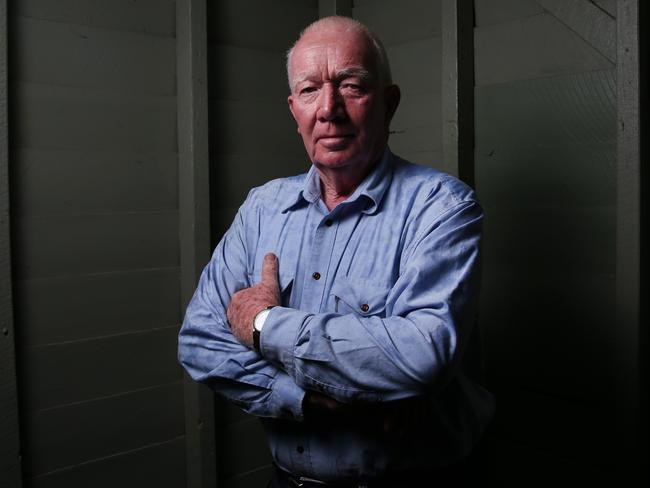
On top of the inner turmoil is the public commentary.
“People who have never been anywhere near a life-threatening situation saying oh why didn’t they shoot him in the leg or why didn’t they shoot him in the arm or why didn’t they shoot the knife out of his hand,” he said.
The shoot to wound theory has been labelled a Hollywood invention. Others call it “absolute bullshit”.
Police around Australia operate on a shoot to stop basis. The idea is to incapacitate the threat. To achieve this police shoot at what’s known as the armpit hold – the centre of an imaginary cross-section between the armpits, roughly over the heart and lungs. This large area is deemed the easiest and most appropriate to target in a high pressure situation.
Whenever somebody is shot by police the public asks why a taser wasn’t used. Bond University Associate Professor and former Queensland detective senior sergeant Terry Goldsworthy said tasers could be problematic.
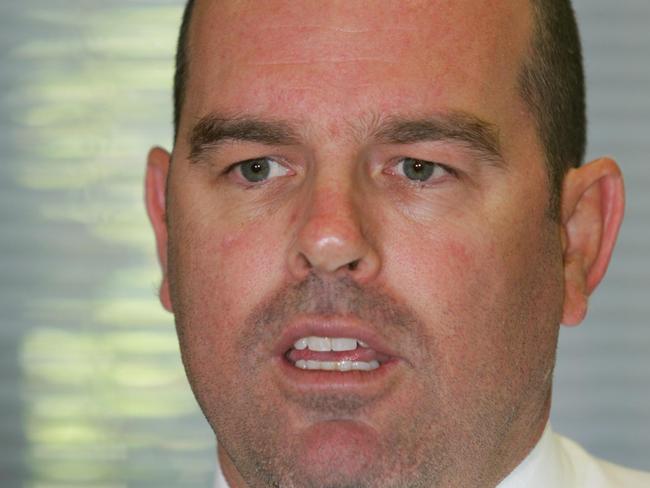
Tasers have two prongs and both are required to make contact for the device to work. Heavy clothing or a strong wind can make them ineffective. The effective range of a taser is about three metres less than half the distance needed by a cop to be able to draw his gun and fire on an armed offender.
“The rule is if they were within 21 feet they could get to you before you could draw your firearm,” Dr Goldsworthy said.
The ability for a taser to stop a determined offender full of adrenaline or something else is questionable. Youtube is filled with videos of people seemingly unaffected by a taser during a confrontation with police.
“When people say ‘taser him, he’s got a knife’ it’s just not feasible because for the police to do that they have to place themselves in harms way,” Dr Goldsworthy said.
But that doesn’t mean police going into every confrontation with an armed offender guns blazing.
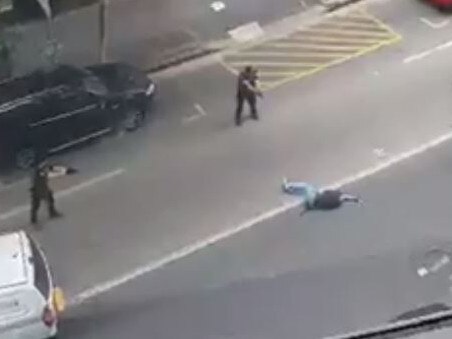
According to Inspector Corey Allen, who oversees the force’s Operation Training Services, police are taught to think of other less lethal options.
“We teach police religiously to always use the least amount of force they possibly can and to think of every other option they can. We call it COPS- Consider your Options, Practice Safety,” he said.
“We train the police not only how to select the right use of force option at the time, but to think at that moment, could you do something else? So could you withdraw and get more distance between you and that person? Because that makes you safer. Could you change your tone of voice from giving loud verbal commands? “
One aspect of police shootings that has dramatically changed is the support offered to officers involved in the confrontation.
Recalling an attitude he hopes has faded into history Mr O’Gorman said the support offered to police decades ago was limited.
“For years society told us and the old police culture told us to suck it up, you’ll be right just get over it. And there’s a cost to dealing with that kind of turmoil like that it and it can finish in suicide,” he said.
“I know that Commissioner Katarina Carroll is very strong on people getting support for mental health … and the police union plays a great role.” Support is also offered to the loved ones of the person shot by police.
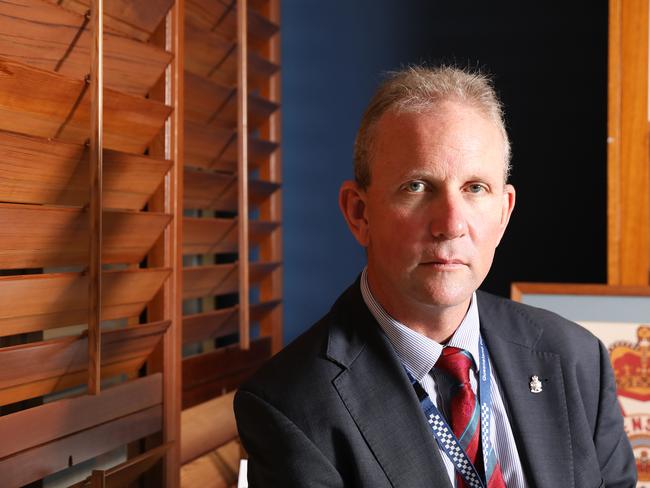
In recent years the Queensland Police Union struck a workplace agreement to allow officers critical incident leave.
“That is if police are involved in an incident such as (Sunday) they can have time away from work to spend time with their loved ones and just relax and then come back to work,” union president Ian Leavers said.
“It is non discriminatory, it is an opportunity for them just to be able to take time out.”
Regardless of improvements in how police shootings are handled they will always be traumatic.
Mr O’Gorman still remembers every detail of the day he shot Hunter, even down to a newsreader’s incorrect opening that he had shot dead “”a father of four”.
“It’s something that you never ever put to bed. It never goes away, it’s always there,” Mr O’Gorman said.
“Do I wish I didn’t have to do it? Of course I do. Do I wish that someone else was there? No because I accepted the responsibility, and to wish that somebody else was put in that situation means I’d rather unload it all on them and that’s not the case at all.”
“I’m glad that I stopped him but I’m not glad that I had to kill him to stop him.
“I wished a 1000 ways it could have happened that would have prevented that from happening. But he made the decisions to take those other options away from everybody.”
Additional reporting by Elise Williams.
Originally published as Decorated former Detective Inspector John O’Gorman talks about what it is like to be involved in a police shooting
